

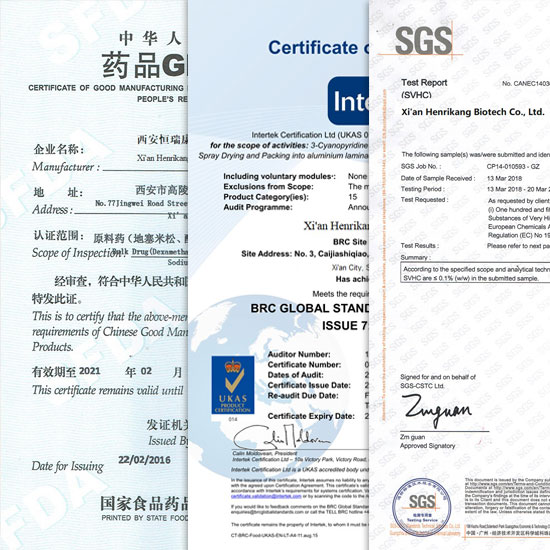



Related Attributes
Product details
Simvastatin is clinically used for primary hypercholesterolaemia, heterozygous familial and non-familial hypercholesterolaemia or mixed hyperlipidaemia where dietary therapy is ineffective, the effect of lowering total cholesterol and LDL cholesterol is remarkable, with obvious efficacy seen within 2 weeks, maximum efficacy occurring in 4-6 weeks, and efficacy can be maintained by continued treatment, and the lipid lowering effect on uncomplicated and well-controlled insulin-dependent and non-insulin-dependent diabetes mellitus hypercholesterolaemia is the same as that in non-diabetes mellitus without compromising the control of blood glucose.

Uses and functions of Simvastatin.
Simvastatin catalyses the conversion of β-methyl-β-hydroxyglutarate coenzyme A (HMG-CoA) to β-methyl-p-α dihydroxyglutarate and is a specific inhibitor of HMG-CoA reductase.
After oral administration, it is hydrolysed to the corresponding β-hydroxy acid, which is one of the effective and safe drugs among the current lipid-lowering drugs, and can reduce serum total cholesterol, low-density lipoprotein, very low-density lipoprotein, and triglyceride levels, and can moderately increase high-density lipoprotein cholesterol.
HMG-CoA reductase inhibitor that reduces serum total cholesterol concentrations and inhibits cholesterol synthesis. Used in the treatment of primary hypercholesterolaemia where other treatments are ineffective or intolerable and the cholesterol level exceeds 7.8 mmol/L...
Has the effect of lowering cholesterol, LDL cholesterol and VLDL cholesterol.

Drug interactions of Simvastatin.
1,When simvastatin is used with anticoagulants, the dose of anticoagulants should be reduced. In addition, this product should not be used in combination with erythromycin, immunosuppressive drugs, phenoxyaromatic acid, and niacin, etc., or else myopathy or even rhabdomyolysis may easily occur.
2, Combined with resin lipid-lowering drugs, it can increase the effect of lipid-lowering and can reduce the amount of drugs and side effects. In the prevention of atherosclerosis and coronary heart disease, it can be combined with Probucol.
This product can increase the efficacy of coumarin anticoagulants such as warfarin, and the dosage of the latter should be reduced when used in combination.
3, this product can moderately increase the anticoagulant effect of bicoumarin anticoagulants; simvastatin and other drugs in therapeutic doses on the cytochrome P450A4 have significant inhibition of the drug (such as cyclosporine, ketoconazole, erythromycin, clarithromycin, nicotinic acid) in combination with an occasional increase in the risk of rhabdomyolysis, should be vigilant.
4, Increased risk of rhabdomyolysis has been observed in combination with other drugs with significant inhibitory effects on cytochrome P4503A4 at therapeutic doses (e.g., cyclosporine, mibefradil, itraconazole, ketoconazole, erythromycin, clarithromycin, and nefazodone), or with fibric acid derivatives, or with niacin.
5, Combination with fibrates increases the incidence and severity of myopathy.
6, Simvastatin moderately increases the anticoagulant effect of coumarin anticoagulants; prothrombin time should be checked when combined.

Pharmacological Effect of Bulk Simvastatin Powder.
1, It is an inhibitor of 3-hydroxy-3-methyl-glutaryl-coenzyme A (HMG-CoA) reductase, inhibits endogenous cholesterol synthesis, and is a hypolipidemic drug.
2, Simvastatin can reduce normal and elevated low-density lipoprotein cholesterol (LDL-C) levels. Low-density lipoprotein (LDL) is produced from very low-density lipoprotein (VLDL) and is metabolised mainly by binding to LDL receptors.
The mechanism of action of simvastatin in lowering LDL lies in the reduction of VLDL cholesterol concentration and the induction of LDL receptors, which leads to a reduction in the production and/or an increase in the catabolism of LDL-C.
3, Apolipoprotein B (ApoB) also decreases during simvastatin treatment. Because each LDL particle contains one molecule of ApoB, and because only a small amount of ApoB is found in patients with predominantly elevated LDL-C (without concomitant elevation of VLDL), both suggest that simvastatin not only lowers cholesterol by lowering LDL, but also reduces the concentration of LDL particles in the periphery.
In addition, simvastatin reduces VLDL and triglycerides (TG) and increases HDL-C. The effect of simvastatin on lipoprotein (alpha), fibrinogen, and other biochemical markers of coronary artery disease is not known.
WHY CHOOES US?
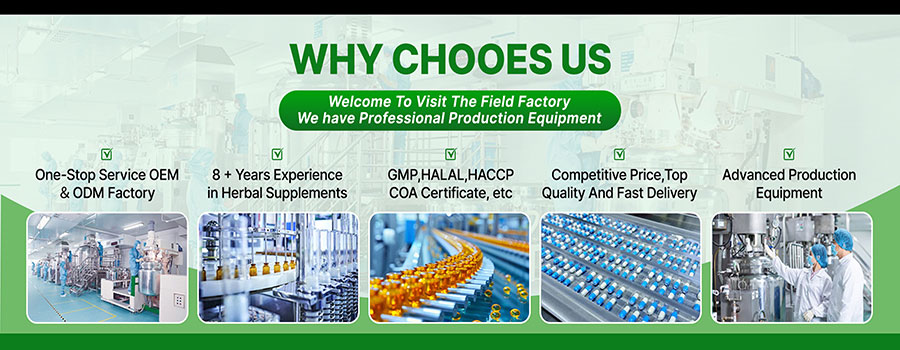
OUR CERTIFICATE
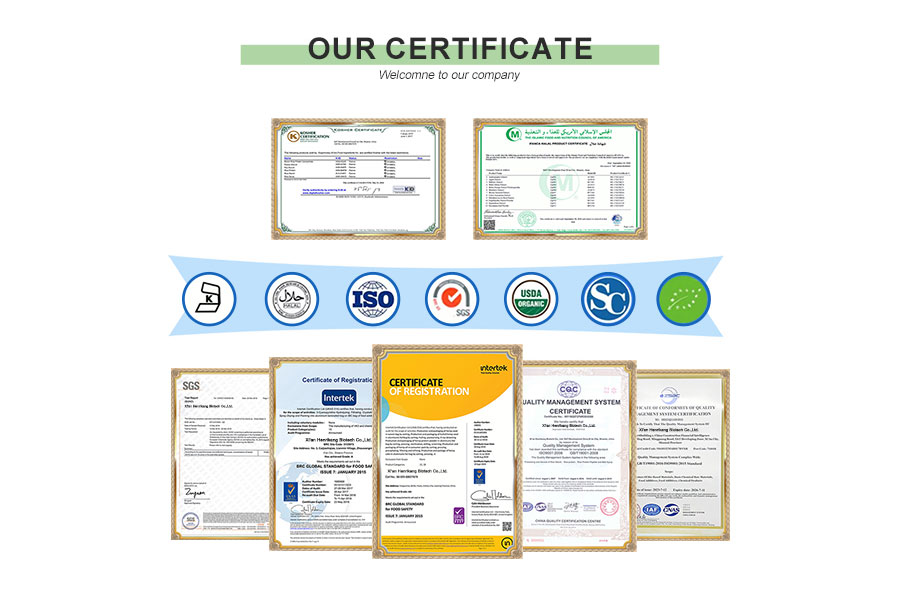
CUSTOM PROCESS
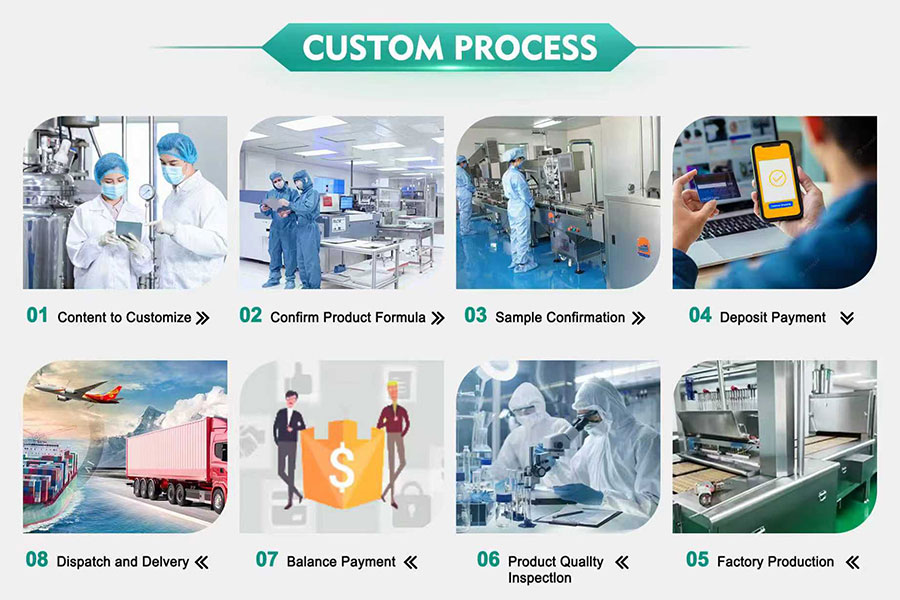
OUR PACKAGE
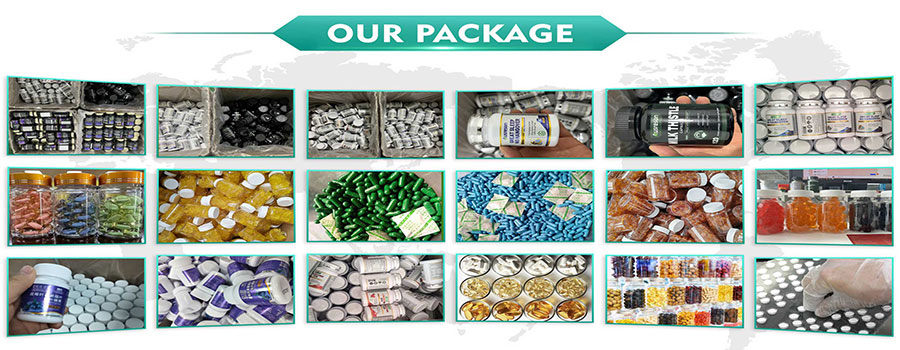
OUR EXHIBITION

OUR FACTORY
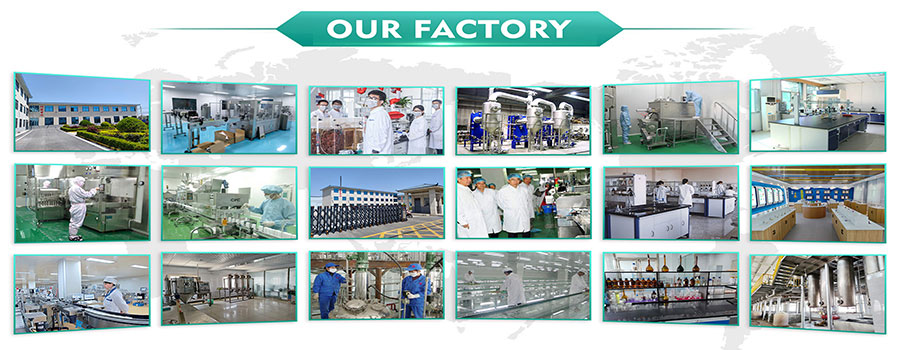
Shipping

Pharmaceutical Intermediate manufacturers
©2022 Xi'an Henrikang Biotech Co., Ltd.,